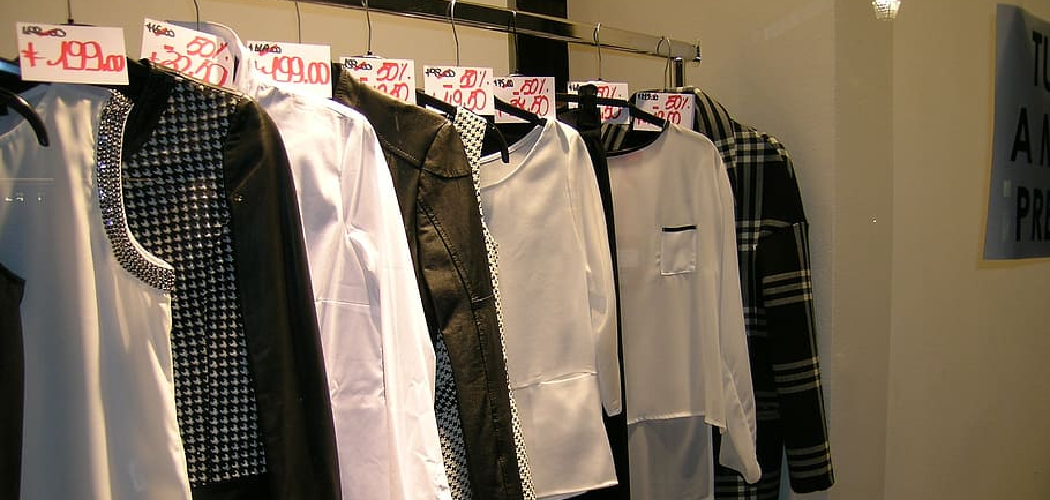Do you have a problem with clutter in your bedroom, but don’t have space for a dresser? Fear not! Organizing your clothes without a dresser is entirely possible and can be an incredibly freeing experience.
In this blog post on how to organize clothes without a dresser, we will walk you through how to make the most of your limited space by using some creative storage solutions that won’t break the bank or take up too much time. With our help, you’ll say goodbye to messy piles of worryingly wrinkled clothing – no more excuses for having nothing to wear!
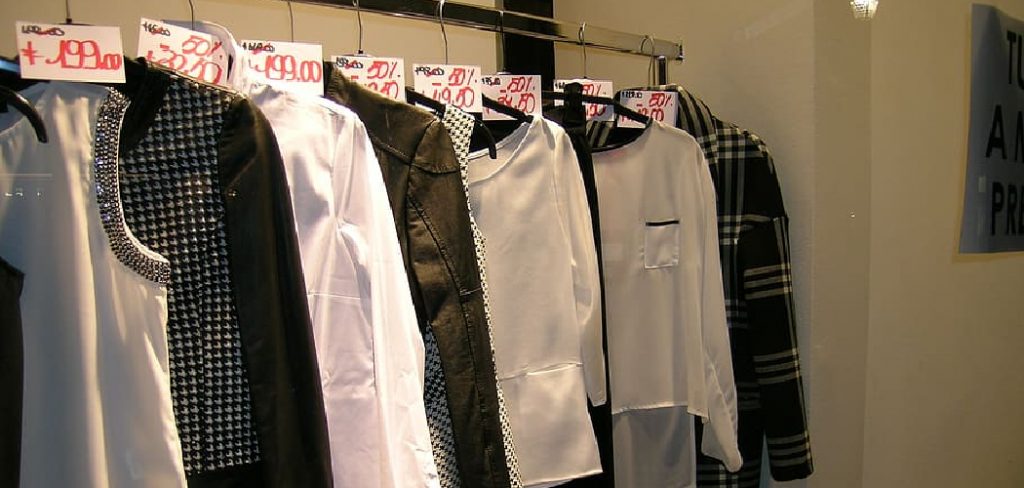
What is Dresser?
A dresser is a piece of furniture used for storing and organizing clothes, usually with several drawers. It is typically made from wood, metal, or plastic. Dressers can range in size from small to large depending on the needs of the user.
Step-by-Step Guidelines on How to Organize Clothes Without a Dresser
Step 1: Assess Your Closet Space and Needs
Before you begin organizing your clothes without a dresser, it’s essential to assess your closet space and determine your specific needs. Look at the available space in your closet and assess its layout and storage potential. Consider the size and shape of the closet, the height of the hanging rod, and any shelves or cubbies present. Take an inventory of your clothing items to understand how much storage space you’ll need.
Categorize your clothes by type (e.g., tops, bottoms, dresses, etc.) to help visualize the organization process. Identify your storage preferences: Decide on your preferred method of organizing your clothes. This can include hanging, folding, or using storage solutions like bins, baskets, or hanging organizers.
Take into account your daily routine, accessibility needs, and personal preferences when organizing your clothes. For example, if you prefer your clothes neatly folded, make sure you have adequate shelf or drawer space for that.
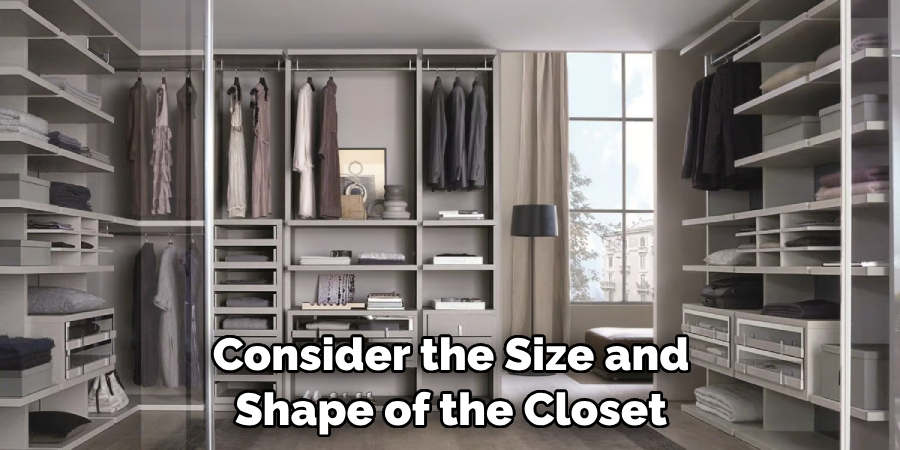
Step 2: Sort and Declutter
Take everything out of your closet, including clothes, accessories, and any other items stored inside. Create categories for your clothes, such as tops, bottoms, dresses, and so on. As you sort, evaluate each item and decide if you want to keep it, donate, or discard it.
Get rid of clothes that no longer fit, are damaged beyond repair, or haven’t been worn in a long time. Donate or sell items that are in good condition but no longer needed. Based on the amount and type of clothing you have, determine the storage solutions that will work best for your space.
Step 3: Maximize Hanging Space
If your closet has a hanging rod, maximize its use for organizing your clothes. Hang your clothes by category. Group similar items together, such as shirts, blouses, dresses, and pants. This will make it easier to find specific items when you need them. Opt for slim, space-saving hangers to maximize the available hanging space.
Velvet or non-slip hangers can help prevent clothes from slipping off. Use cascading hangers or hang multiple items on one hanger to save space. This is especially useful for lightweight items like tank tops or scarves. If you have high ceilings, consider using extendable hanging rods to utilize vertical space effectively. This can provide additional storage for shorter items like skirts or folded pants.
Step 4: Fold and Stack
For items that are better suited for folding, utilize shelves or other storage surfaces. Follow these steps: Fold your clothes in a uniform and organized manner. This can be done by folding them in half lengthwise and then in thirds or in the Marie Kondo-style folding method.
place folded clothes in stacks based on their category, such as t-shirts, sweaters, or jeans. Ensure that each stack is stable and doesn’t topple over. If you have shelves, use dividers or shelf organizers to keep the folded stacks separate and prevent them from mixing. If you don’t have drawers, use bins, baskets, or fabric cubes to store folded items. Label or color-code the containers to easily identify the contents.
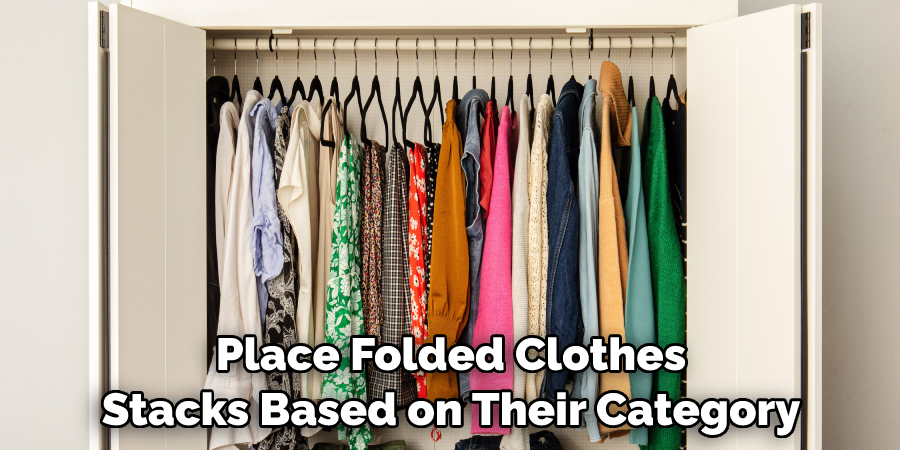
Step 5: Utilize Door Space
Attach hooks or racks to the back of your closet door. These can be used to hang accessories like scarves and belts or pursue over-the-door shoe organizers or fabric pockets to store smaller items like socks, underwear, or accessories.
This maximizes the vertical space and keeps things easily accessible. Hang a pegboard: Install a pegboard on the inside of your closet door to create a customizable storage solution. Use hooks or baskets to hang and organize various items.
Step 6: Utilize Cubbies and Bins
If your closet has built-in cubbies or shelves, utilize them for efficient organization. Follow these steps: Assign specific cubbies or bins for different categories of clothing or accessories.
For example, reserve one cubby for folded sweaters and another for handbags or hats. Use labels or tags to identify the contents of each bin or cubby. This makes it easier to find and retrieve items. If possible, opt for clear bins or containers to store items. This allows you to easily see the contents without having to open each bin.
Step 7: Create a Shoe Storage System
Organize your shoes to make the most of the available space. Follow these steps:
Place shoe racks or shelves on the floor of your closet to store and organize your shoes. Consider stackable shoe racks or tiered shelves to maximize space. Hang shoe organizers on the back of your closet door or from a rod.
These organizers typically have pockets where you can store and display your shoes. If you have limited floor space, consider using clear shoe storage boxes with lids. These keep your shoes protected and easily visible.
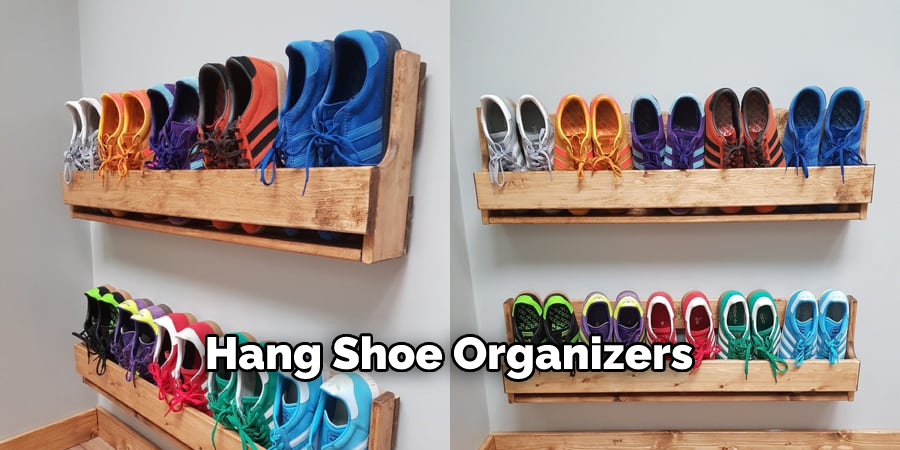
Step 8: Utilize Underbed Storage
Maximize the space under your bed for additional clothing storage. Select under-bed storage containers that fit the height and dimensions of your bed. Opt for containers with lids to protect your clothes from dust and pests.
Fold and store seasonal clothing or infrequently worn items in the under-bed storage containers. Label the containers to quickly identify their contents. If you have bulky items like winter coats or blankets, use vacuum-sealed bags to compress them and save space.
Step 9: Maintain and Reevaluate
Regularly maintain and reevaluate your clothing organization system to ensure it remains functional and efficient. Schedule regular decluttering sessions to reassess your clothing items and remove anything that is no longer needed or worn.
If you notice any inefficiencies or changes in your clothing storage needs, make adjustments to your organization system accordingly. Develop a habit of returning items to their designated places after use.
This helps maintain an organized closet and prevents clutter from building up. By following these step-by-step guidelines, you can effectively organize your clothes without a dresser. Utilize the available space in your closet, utilize storage solutions, and regularly declutter to maintain a tidy and functional wardrobe system. Remember, organization is a continuous process, so periodically reassess and make adjustments as needed.
Frequently Asked Questions
Q: Can You Organize Clothing Without a Dresser?
A: Yes, absolutely! There are several space-saving solutions and organizational tools that can help you organize your clothing without a dresser. Try utilizing the vertical space in your closet, using under-bed storage, or hanging organizers to store clothes and accessories.
Q: What Are Some Tips for Organizing Clothes Without a Dresser?
A: Start by removing any unnecessary items from your closet. Utilize the available space in your closet by adding shelves or cubbies to store folded items like sweaters or jeans. Hang organizers on the back of your closet door and use vacuum-sealed bags to compress bulky items like winter coats. Finally, remember to regularly maintain and reevaluate your organizational system to ensure it is working efficiently.
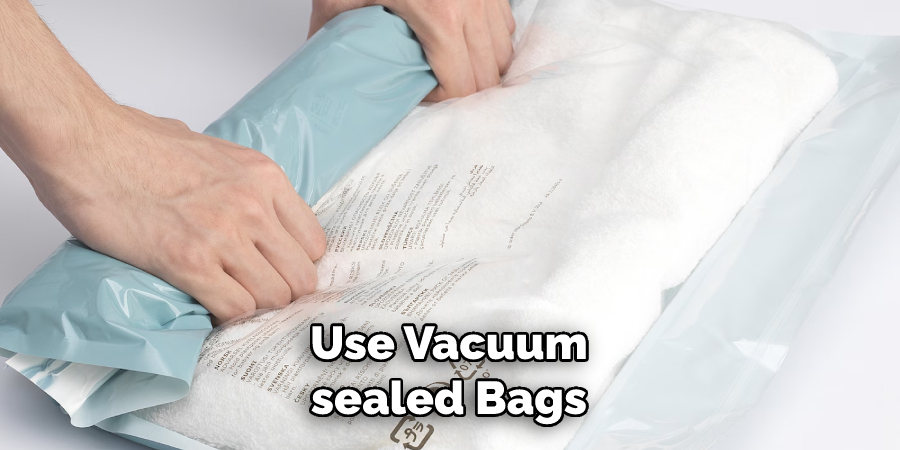
Q: What Are Some Creative Ways To Store Clothing Without a Dresser?
A: Hang shoe organizers on the back of your closet door or from a rod. Use stackable shelves, shoe racks, and wall-mounted storage to maximize floor space. Utilize under-bed storage containers and vacuum-sealed bags for extra items like seasonal clothing or blankets. Finally, utilize baskets or bins to store accessories like scarves and hats. Creative solutions like these can help you effectively store clothing without a dresser.
Conclusion
Now that you’ve figured out how to organize your clothes without a dresser, it’s important to remember that staying organized is key to living comfortably. Get creative with maximizing space, and don’t forget to label containers – this makes it easier to find what you need when you need it.
Once those strategies are put in place, take stock of what’s working and what could be improved upon so that your organization’s systems get better and better every day. Remember to switch things up from time-to-time as needed and be sure that organizing is always making your environment comfortable for you.
As long as you keep the tips outlined in this blog post in mind, you’ll be able to enjoy all the benefits of living without a dresser – compactness, independence, fewer costs, and more!
